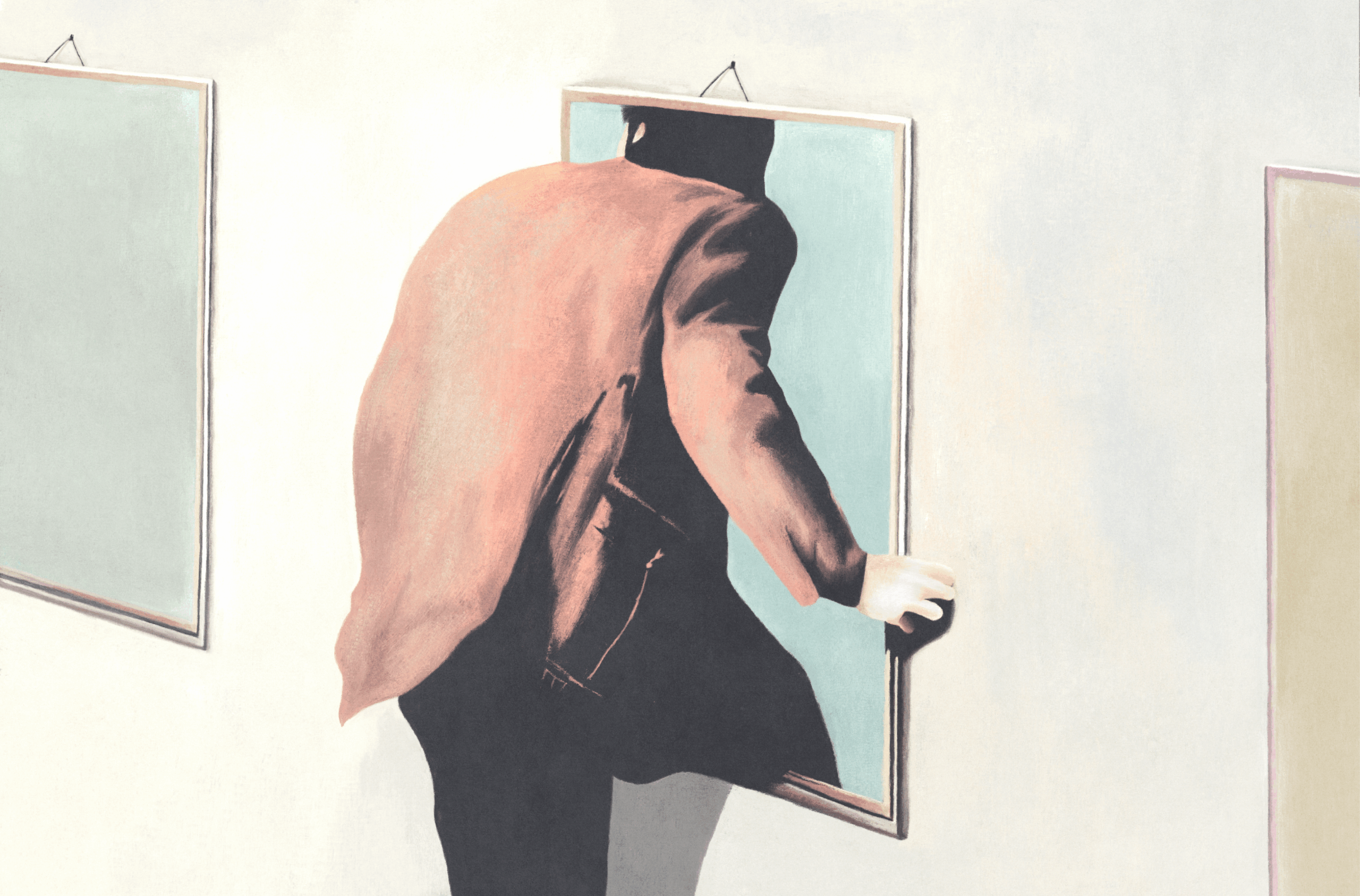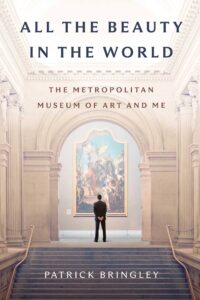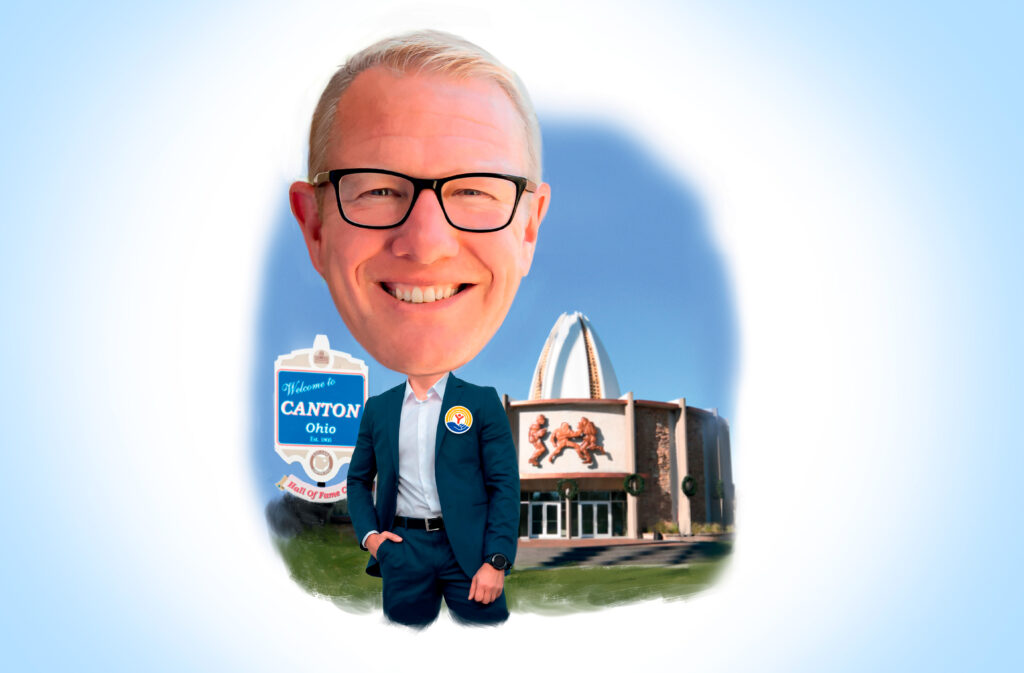
Beauty Resides Within Art, and Within Us

The title of All the Beauty in the World: The Metropolitan Museum of Art and Me may be misleading by suggesting that the beauty of this lovely narrative is only found within the art displayed at the famed New York City institution.
In a career detour that lasted more than a decade, Patrick Bringley also found beauty within himself while grieving for a sibling, along with a measure of peace.
Beauty is not only in the eye of the beholder, this nuanced and sensitive memoir shows, but in the heart and mind as well.
After college, Bringley applies for his “dream job” at The New Yorker magazine as an editorial events coordinator, and to his delight and surprise, is hired. But soon after reaching “the big leagues,” disenchantment and malaise settle in: “[T]he office part of the job seemed to have narrow horizons…. I didn’t always have forty hours of work to do in a week, but by the customs of the modern office, there I sat…my prestigious job amounted to playing a kind of computer game: in-box, out box, sent.” Bringley sticks it out for four years until his brother Tom becomes ill.
Tom is 18 months older than Patrick, and they enjoyed a rambunctious and fun-loving relationship while growing up.
“Tom was a big, strong fellow. When we’d fight, I was happy if I could whip an object at his head and run. He had some linebacker in him, some Chris Farley, and a bit of the Buddha.” Soon after Tom marries he feels a “strangeness” in his thigh. A tumor is removed. Radiation and chemotherapy follow, too late and too little, as the cancer spreads to his lungs.
Tom dies two years later, in June 2008. Between a soul-sapping job and the shock of his brother’s death, Bringley needs to change the course of his life, to find a place to heal, the space to grieve. “I applied for the most straightforward job I could think of in the most beautiful place I knew”: to be a museum guard at the Met, “with no thought of moving forward. My heart is full, my heart is breaking, and I badly want to stand still awhile.”
The Metropolitan Museum of Art is a gargantuan operation, with 600 guards protecting a collection of 2 million objects occupying over 2 million square feet. The nearly 7 million visitors annually outdo the city’s sports teams— the Yankees, Mets, Giants, Knicks, and Nets—combined, Bringley notes.
Museum guards stand in their designated galleries for eight-hour shifts observing visitors and protecting the artwork on display. Bringley relishes the solitude of his daily posts in any one of the dozens of the Met’s galleries. When he receives his assignment on the first day, “I feel a burden lift as I launch into a day of perfect loneliness.”
His plan is to heal through a focused connection with art: “In time, I develop a method for approaching a work of art. I resist the temptation to hunt right away for something singular about a work, the ‘big deal’ that draws the focus of textbook writers….The first step in any encounter with art is to do nothing, to just watch, giving your eyes a chance to absorb all that’s there.” Applying his approach to a portrait by Francisco de Goya, he remarks that “it is beautiful because of traits peculiar to his genius, but also because colors are beautiful and shapes are beautiful and faces are pretty and curls tumble.” Bringley is here, I think, studying the details to understand the whole, not unlike his approach in remembering experiences with Tom, where he thinks that if he can make sense of the pieces he may come to terms with the enormity of his brother’s death.

Days become weeks become months and finally years of working at the Met, quietly standing, observing, thinking, healing. Near the end of Bringley’s time at the museum, he is assigned to guard an exhibit of 10 quilts by eight quiltmakers from Gee’s Bend, Alabama. The quilters were tenant farmers during the 20th century, hard laborers, stone-cold poor, but they found a measure of happiness in their dedication to quilting. The quilts were not meant to be works of art; rather they were created to provide warmth during the cold nights in the farmers’ unheated shacks in rural Alabama.
“I think to myself,” Bringley muses, “there is a lesson here, and it’s a funny one to be learning in a place as grandly cosmopolitan as the Metropolitan Museum of Art. Meaning is always created locally. The greatest art is produced by people hemmed in by circumstances, making patchwork efforts to create something beautiful, useful, true.” The quilters of Gee’s Bend, knocked down hard by life, as was Bringley, were still able to create objects that others find beautiful even though they were made for a utilitarian purpose. “I am moved by the quilt’s geometry and also by its imperfections: the slightly wandering lines; the swift, unfussy stitching; the improvised materials,” writes Bringley. That sounds like life. And death. And everything in-between.
Art as a frame, a filter, a compass, a path. Life is a quilt.
During this time, Bringley marries, has two children, and “these days my thoughts fly outside the museum walls, causing my mind and limbs to twitch with restlessness.” He finds a job leading tours through New York City.
In 2018, after 10 years of art therapy and solitude, Bringley is ready to rejoin the world, his odyssey at the Met a metaphor for reclaiming purpose and joy again in living. “Sometimes life can be about simplicity and stillness, in the vein of a watchful guard amid shimmering works of art. But it is also about the head-down work of living and struggling and growing and creating.”




